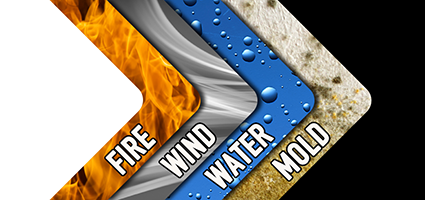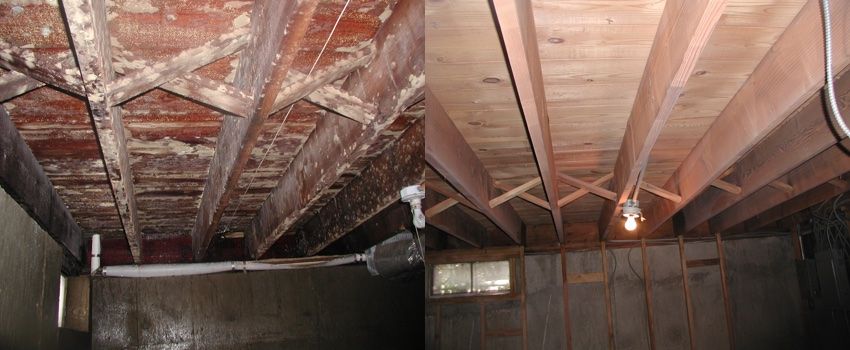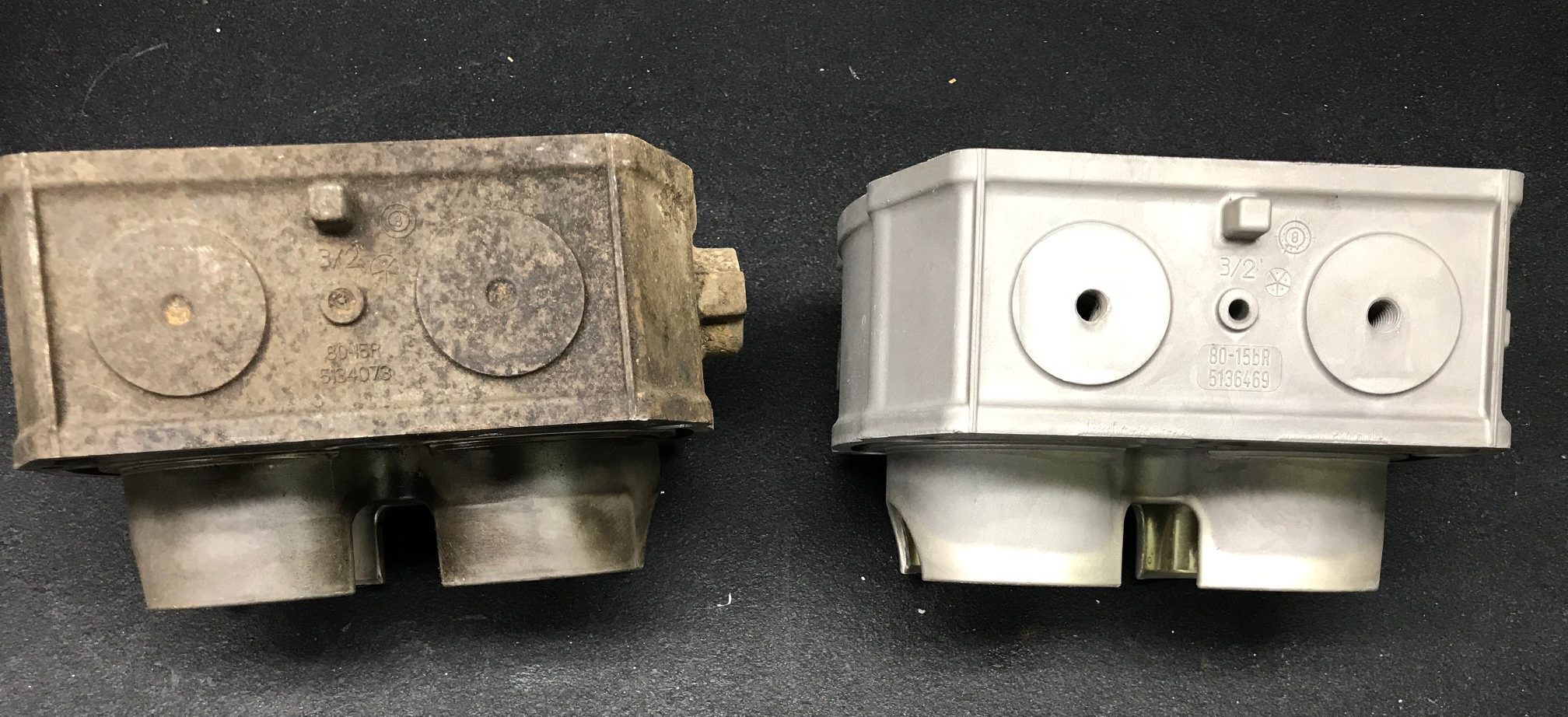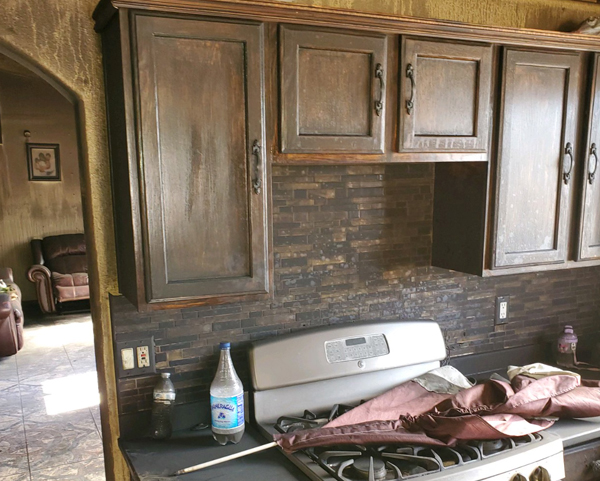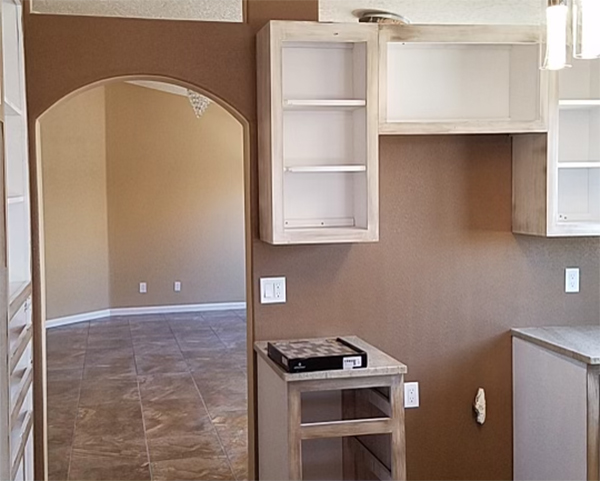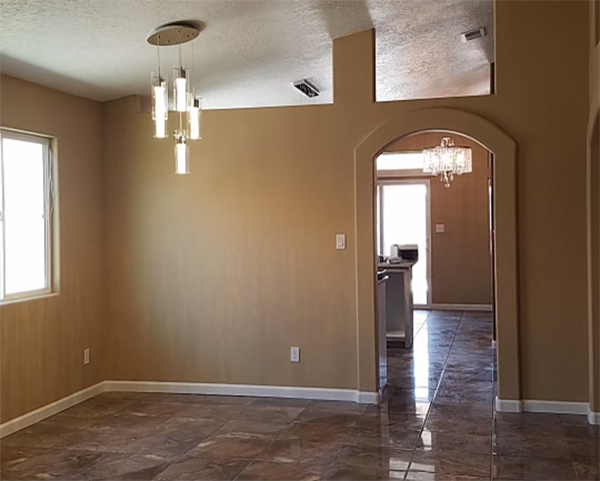
SMOKE Damage SERVICE
We provide soot and odor damage cleaning for all types of fire damage. Our Smoke Damage Service repair and cleaning begins with identifying the source. From there, we establish safety protocols and the proper equipment, chemicals and tools needed to either remove the soot and smoke or clean the affected area.
24/7/365 505-460-2227
Overview
SMOKE DAMAGE RESTORATION
Smoke damage is caused from the remnants of the fuel that was feeding a fire. Unlike the flames of the fire, smoke does not destroy objects but does cover them in soot and a foul odor. The restoration of homes and buildings by removing the smell and soot is extremely taxing task due to the composition of smoke, which tends to have an almost greasy quality.
Smoke Damage & Your Contents
Even small home fires can result in significant smoke damage. Taking an obvious toll on your personal items and resulting in unseen damage to your home’s structure, the cleanup of smoke and soot is time sensitive. Acidic in nature, it effects each surface of your home differently, rapidly taking its toll unless quickly and carefully addressed.

Household Item Smoke Damage Cleaning
We’ll evaluate your contents to determine the most beneficial methods of cleaning and restoration and identify items that are non-restorable. We have top of the line Ultra-Sonic Soot Cleaning Systems.
SMOKE DAMAGE surface-type CLEANUP
Curtains & Upholstery
Vacuuming curtains and upholstery with an upright vacuum’s standard brushes or beaters can force soot deeper, worsening cleaning difficulties. The right filter, hose attachment and technique are crucial.
Clothes & Bedding
Unburned chemicals, invisible to naked eye, must be completely removed to rid odor. This takes special washing regimens and chemicals.
Furniture & Carpet
How do you clean smoke damaged wood furniture? You can inadvertently damage carpet when cleaning smoke damaged furniture. Wooden furniture can stain carpet with dyes. Metal furniture can rust and stain the carpet. Protective barriers (foam blocks, etc.) are essential in keeping surfaces separate until dry.
Plastic & PVC
Plastic surfaces and synthetics collect more smoke than other materials, and can discolor within minutes unless wiped down with a mild alkali cleaning solution.
Hard Flooring
Flooring may require refinishing or replacement, especially those water damaged from firefighting techniques. In areas without water damage, and where burn damage is not deep, deodorizing and/or resurfacing may be possible.
Porous Hard Surfaces
Porous materials such as drywall, plaster, wallpaper, paint, and exposed wood can quickly become permanently discolored. Dry chemical sponges are one way to prevent soot from seeping into surfaces to cause permanent stains.
Fiberglass and Appliance Exteriors
Yellow within hours if left unaddressed.
Metallic Surfaces
Acidic soot can cause metal surfaces, such as large appliances, to pit and corrode with time. Wiping them with cooking oil can prevent staining and rusting.
Porcelain Surfaces
Washing machines, tubs, and basins must be cleaned quickly to prevent permanent staining.
Soda Blasting
Abrasive Blasting
The first step in combating mold growth is not to allow for an environment that is conducive to its growth in the first place. Controlling moisture and assuring that standing water from leaks or floods is eliminated are the most important places to start. If mold growth has already begun, the mold must be removed completely, and any affected surfaces must be cleaned or repaired. Traditional methods for remediation have been slow and tedious, often involving copious amounts of hand-scrubbing and sanding. Abrasive blasting is a new technique that is proving to be less tedious and time-consuming, while maintaining a high level of effectiveness.
Abrasive blasting is a process for cleaning or finishing objects by using an air-blast or centrifugal wheel that throws abrasive particles against the surface of the work pieces. Sand, dry ice and corncobs are just some of the different types of media used in blasting. For the purposes of mold remediation, sodium bicarbonate (baking soda) is used.

